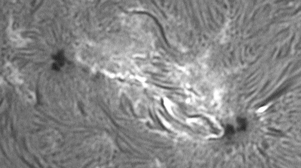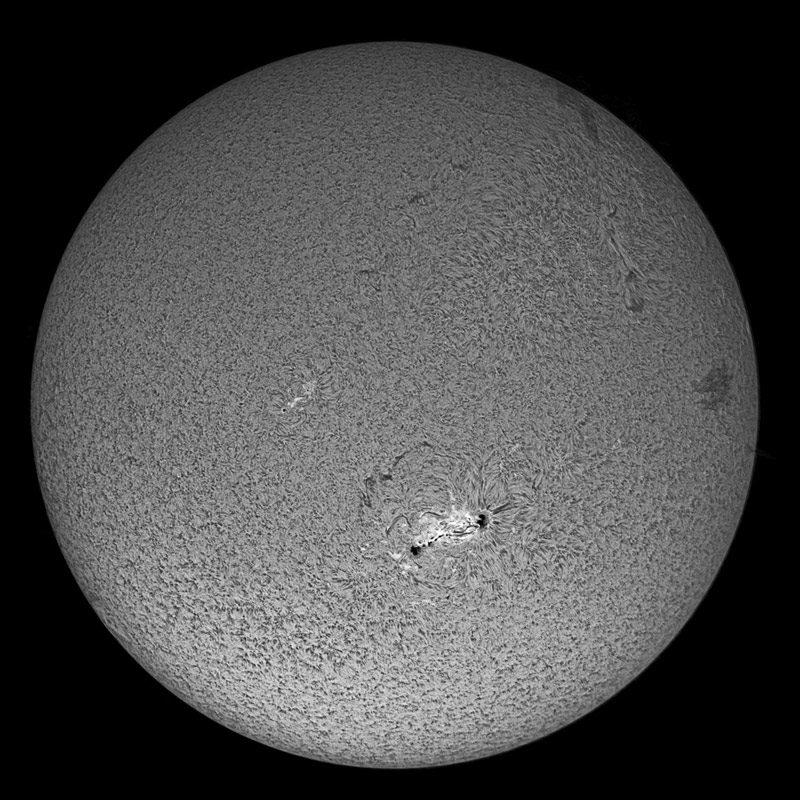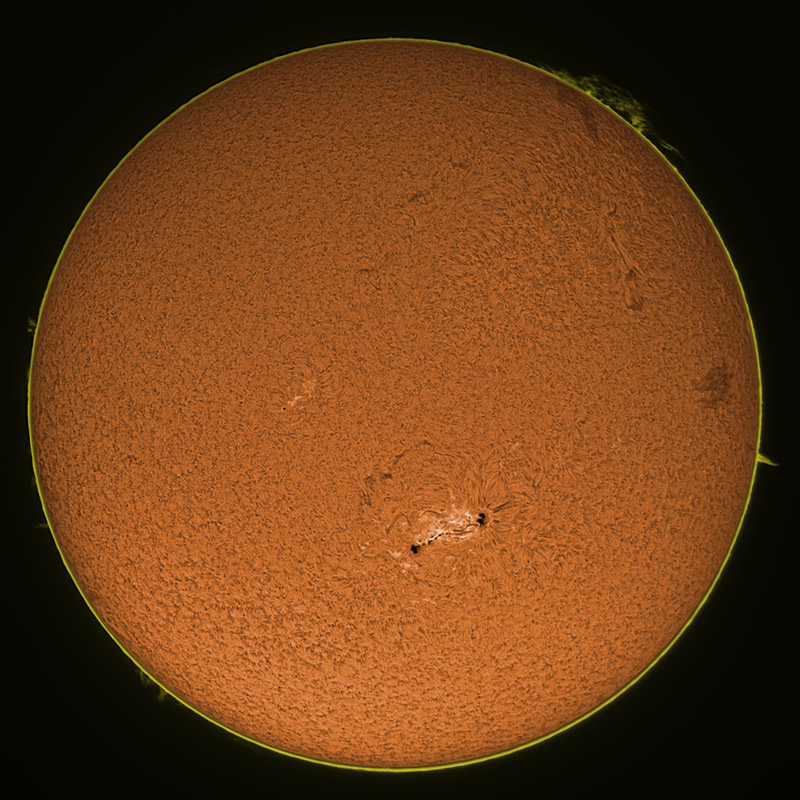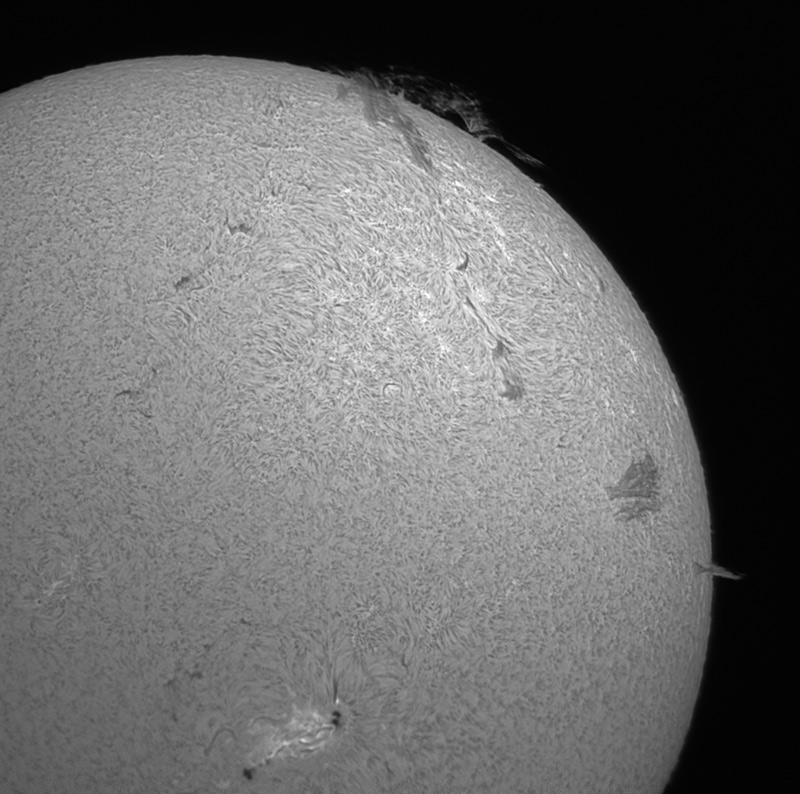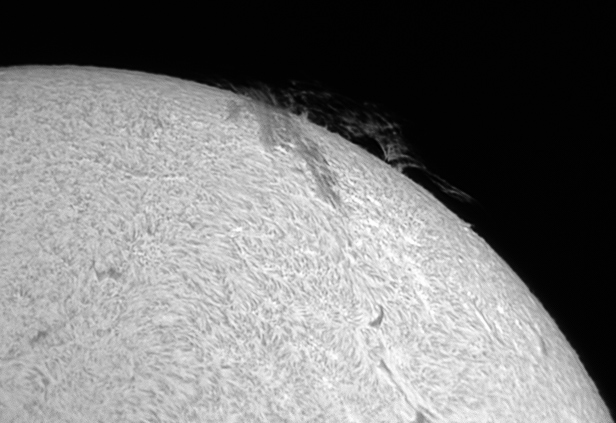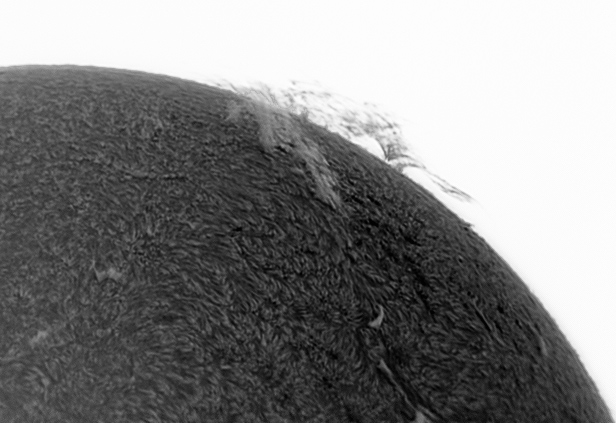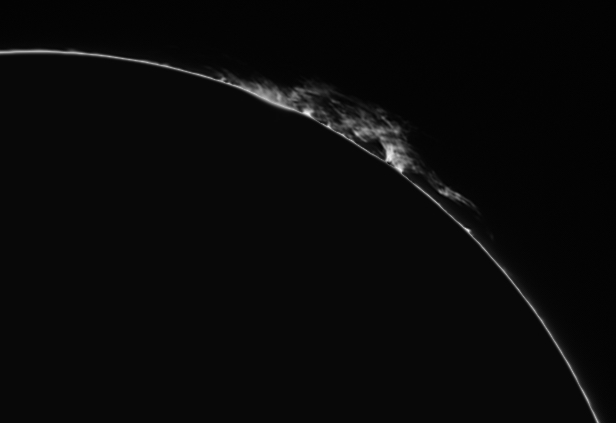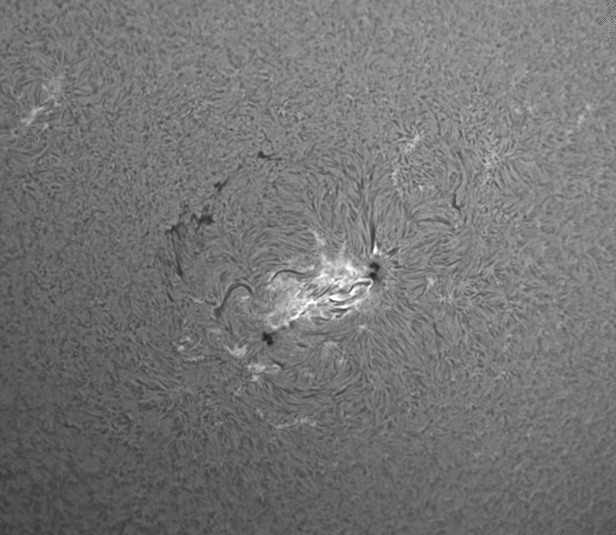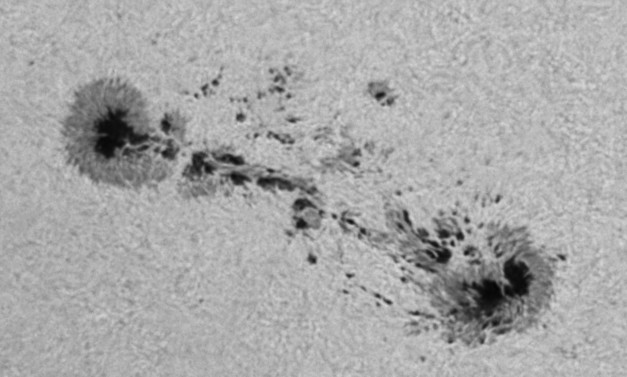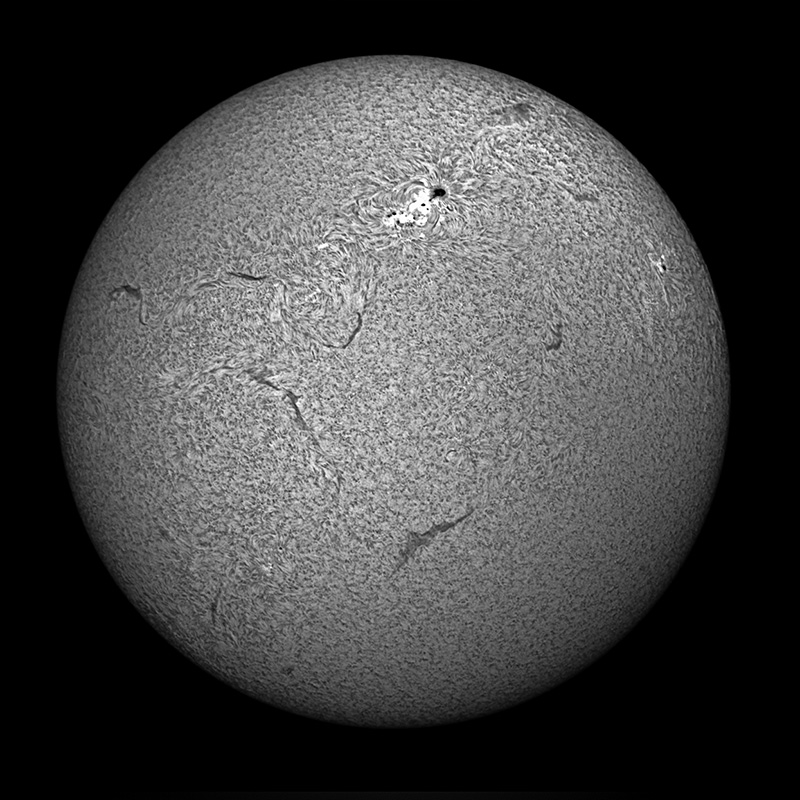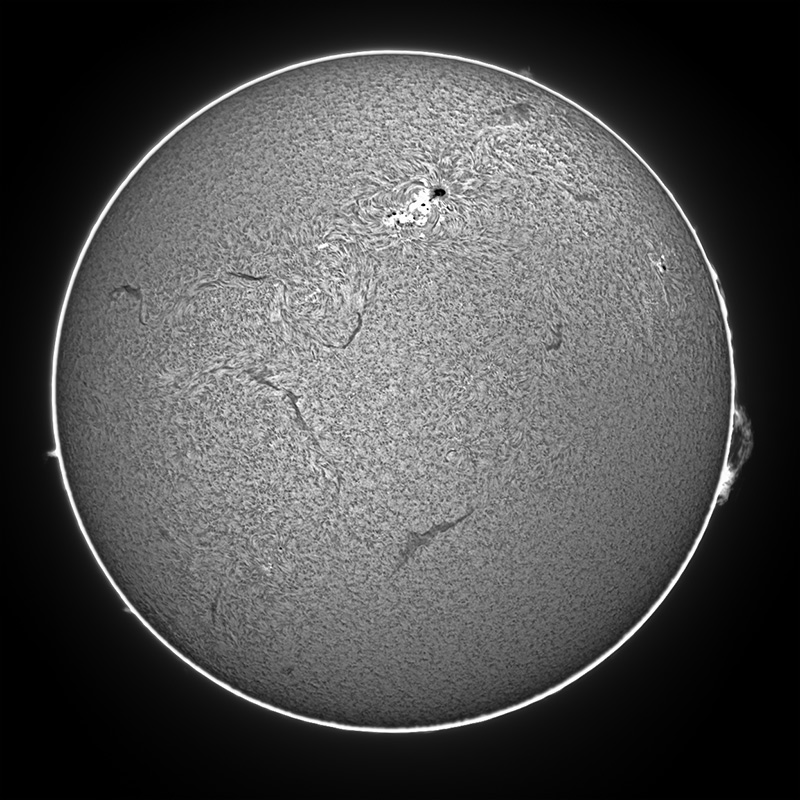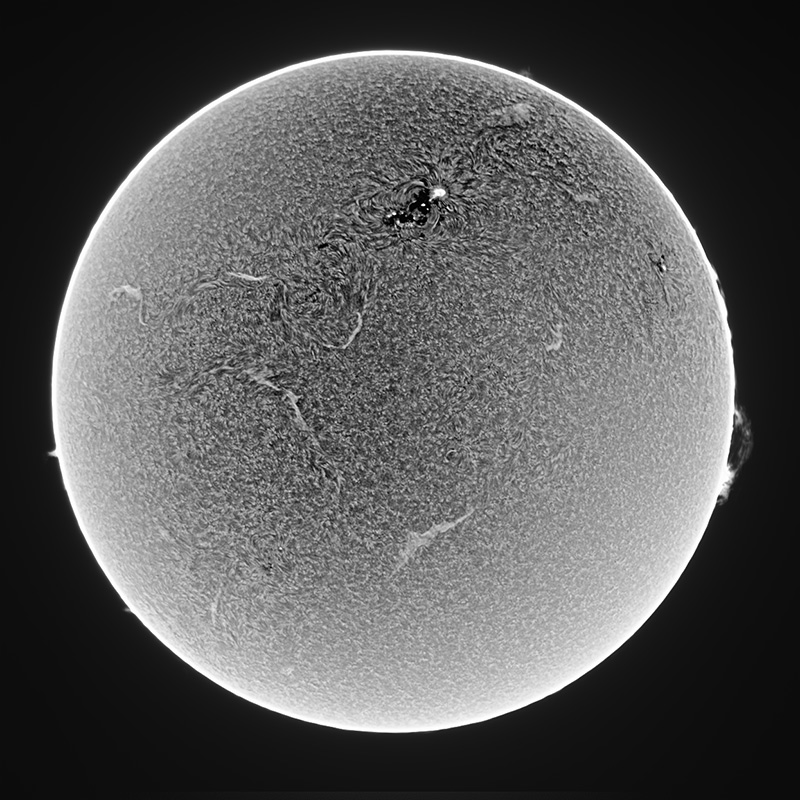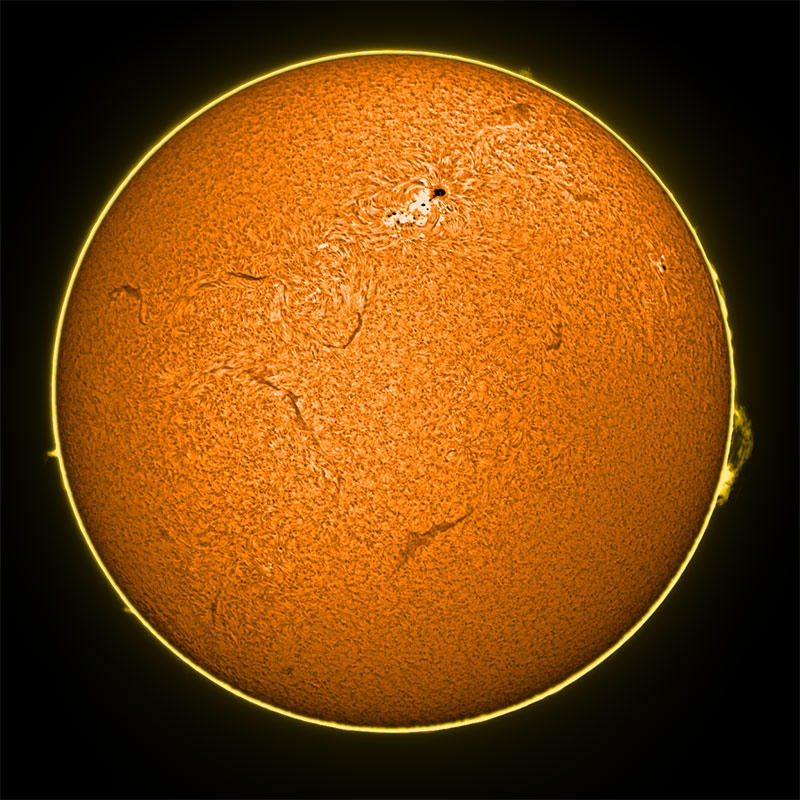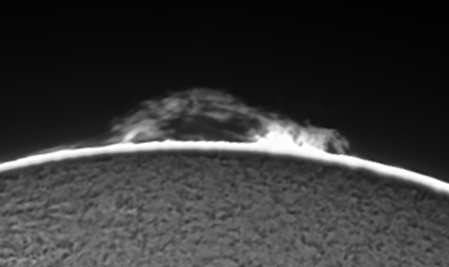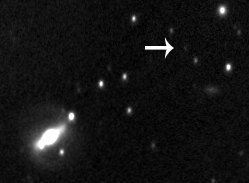while it was a super moon (moon at closest point to earth in it's orbit during full moon)
and a blood moon (red due to atmospheric refraction of red light during an eclipse), it was not the best eclipse experience from southern california.
why?
the eclipse occurred just after moon rise, so the dramatic darkening which occurs during an eclipse was lost as it was still twilight when it rose. add to this light clouds and haze on the horizon and you've a less than super eclipse.
fortunately, i had a spectacular lunar eclipse experience last april, blogged here.
what today's eclipse did offer was an opportunity for widefield/landscape shots capturing the blood red moon as it rose...
so i took my gear on the road to a south facing beach hoping to catch it rising over the rocks in corona del mar, but it was rising too far north (i'd seen the moon rise over the rocks in mid summer)...
so i drove to the mountains (ok a hill in newport coast, but it sounds better)...
here's my attempt at a landscape wide field of the moon. A car pulled up just in time to illuminate the foreground trees and fence in this shot (must have been Wally Pacholka's):
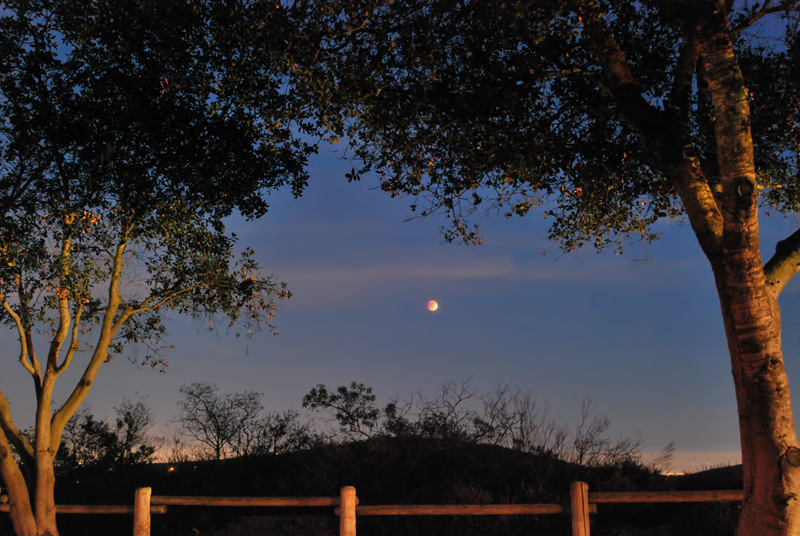 closer:
closer:
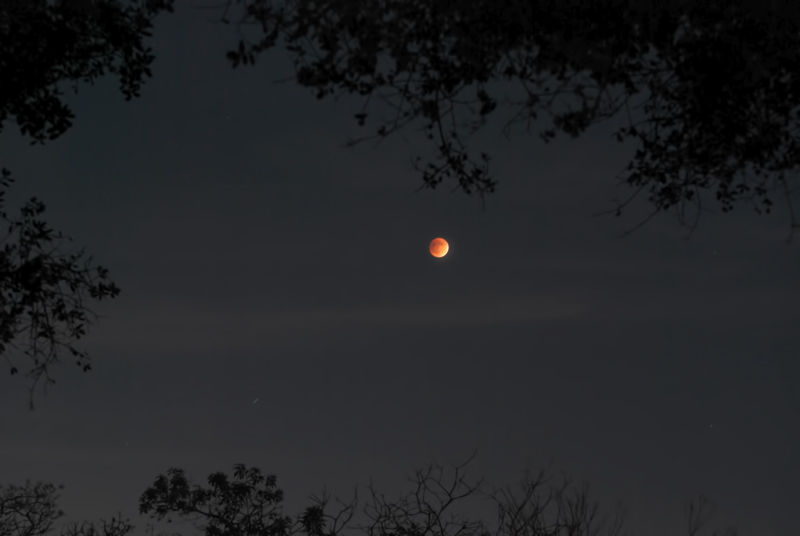 closest:
closest:
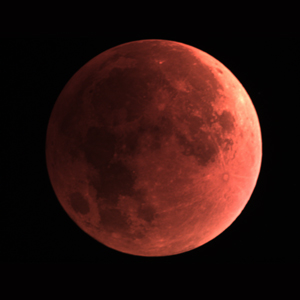
wide field:
nikon D 60, AF-S DX NIKKOR 55-300mm f/4.5-5.6G ED
close up:
ZWO ASI120MC, Takahashi FS-60C F/5.9
